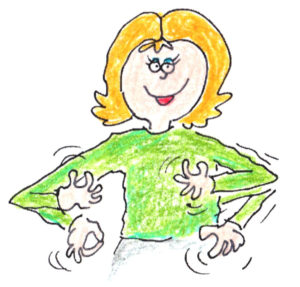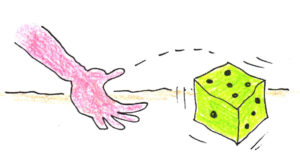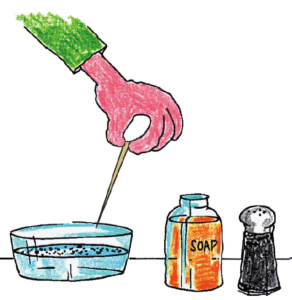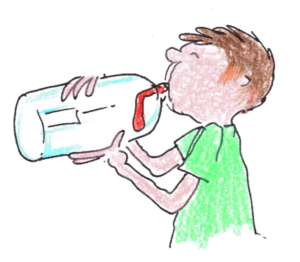Just like many earthquakes, you can model the process of building up pressure and then having it released quickly.
Snap your fingers!
The pressure between your fingers builds up and you continue adding pressure until suddenly the force overcomes the friction between your fingers and you snap!
Consider collecting papers in alphabetical order.
Students line up and the first person in line collects all the papers. If a student forgot to put a name on the paper, the collector can gently remind the student.
A different person is assigned as the “paper manager” for each date in a month based on each student’s last name.
This makes it much easier to record grades.
A resource with a variety of GREAT options designed for your more capable learners.
I encourage you to sign up for his weekly newsletter “Puzzlements” which are sent out every Friday.
I don’t like creating, printing, and then storing computation worksheets, especially when I have students who need to practice addition, subtraction, multiplication, or division in the same room. Try this option to save time while meeting the needs of all your students.
Math Rocks! at TpT has posted a fun, FREE product you might consider for your absent students, a While You Were Out form.
A great back to school activity. Students love to watch the pepper zip across the water whether it’s as a teacher demonstration or a team activity.
It uses such simple materials you’ll want to send it home to share with families or include it in a Family Science Night.
A sheet of newspaper and a few minutes builds enthusiasm for science, gives students a chance to guess and discuss results, and can be used to introduce patterns in science.
All you need is scrap paper and a few minutes of time.
An activity you might use to practice using information you have to predict what might happen next.
This could be a team activity. Use a teacher demonstration to introduce the activity and then have each team try it with one variation. Report results to the class.
All you need is a plastic bottle and a balloon!
Insert the balloon into a clean empty plastic bottle and pull the mouth of the balloon over the mouth of the bottle.
Ask a volunteer to inflate the balloon. It’s impossible!
Cohesion is a property of liquids. Water is very cohesive, it sticks to itself.
I like using a cohesion activity when a group of students needs to learn to work in teams. This can lead to a discussion about being a cohesive group.
Click on the link for this post to read more and find a link to a free product at my TpT store that includes a take home activity and a dozen copyright free images you can use to introduce this topic.








